What is Zurich’s Trusted Estimated Maximum Loss (TEML) service?
Zurich’s Trusted Estimated Maximum Loss (TEML) Risk Engineering service is a risk-review process used to help businesses safeguard their assets in the event of a catastrophic loss. Creating a reliable view of what’s at risk is not only critical to verify insurance limits being purchased are sufficient but it can also help control costs by ensuring insurance is purchased in a thoughtful and strategic manner. To achieve this view, customers and brokers need a technical assessment of the insurable values and possible loss scenarios for a project under construction.
What goes into a Zurich TEML risk assessment?
A qualified Zurich Construction Property Risk Engineer will perform a thorough review of a company’s project risk profile and key data points, including risk factors such as fire, collapse, flood, wildfire, earthquake, susceptibility to extreme weather events, and more. Data is used in the development of a “controlling” Estimated Maximum Loss (EML) scenario, which establishes the largest monetary loss that may be expected from a single, catastrophic event.
What sets Zurich’s TEML risk assessment process apart?
While other providers may also perform maximum loss scenario assessments, Zurich’s TEML reports differ in that the analysis is subjected to a second level of rigorous peer review by Zurich’s Construction Risk Engineering experts. This additional, intensive review ensures a consensus that the maximum loss scenario is as accurate as possible. The risks and maximum loss scenarios during construction are often quite different than the loss scenarios after the project is completed and the property is operational. Zurich’s Risk Engineers understand construction and the unique risks, hazards and vulnerabilities that may be present during each phase of construction.
What data points are included in a TEML report?
Upon completion of the TEML review, a company will receive a thorough, unbiased analysis of the risks inherent to the project during the course of construction and the estimated maximum loss scenario, including:
- Overall opinion of risk and rating
- Detailed project description
- Review of site plans, renderings and available drawings
- Owner/Contractor/Designer assessment of qualifications and experience
- Construction schedule analysis
- Assessment of procedures/risks:
- Crane-hoisting and material-handling
- Structural collapse
- Public fire protection and water supplies
- Adjacent exposures
- Vehicular impact
- Review of geotechnical hazards
- Natural catastrophe review and assessment
- Earthquake
- Flood
- Named storm
- Convective storm (e.g., tornados, hail, lightning, wind)
- Wildfire
- Controlling EML scenario and calculation
- Other insights as requested and applicable
How long does it take to receive a Zurich TEML analysis?
A Zurich TEML report will take approximately 30-45 days from the receipt of a complete submission and executed service contract.
What are the key benefits of a Zurich TEML analysis?
- Builders Risk exposure analysis – Gaining a deep understanding of the specific risks inherent to a project or building during the construction term, presented in a concise report that focuses on the key project features, risk factors and maximum loss potential for your project
- Natural catastrophe analysis – Utilizing industry-accepted resources to determine how primary and secondary natural catastrophe perils may impact the project or the maximum loss potential
- Determination of limits and loss limits – Technical insights to help customers make informed coverage-purchasing decisions
- Holistic risk assessments – Information to assist in developing comprehensive risk-transfer programs
- Expedited carrier review and assessment – A comprehensive, third-party project assessment to help expedite the review or eliminate the need for each participant to perform its own engineering review, especially on multi-carrier or reinsured placements
- Single consistent review – An unbiased report that can be shared among key project stakeholders
What risks are candidates for a TEML risk assessment?
A Zurich TEML risk assessment is of value for large projects and those with unique exposures, including:
- Infrastructure, energy, retail, residential and manufacturing projects
- Multi-phase projects
- Linear projects
- Emerging/prototypical technology
- Long-span, cantilevered or unique roof structures
- Testing and commissioning
- Serial loss exposures and concerns
- Stringent lender requirements
- CAT-exposed locations
- Compressed/fast track construction
- And more
Your Zurich Resilience Solutions Construction Risk Engineering team
- Over 93% of Zurich U.S. construction customers would recommend Zurich Construction Risk Engineering.*
- 26 years of combined experience on average in the construction and insurance industry
- 75+ Risk Engineers in the U.S. dedicated to the construction industry
- 2500+ customer and project risk assessments completed annually by Zurich Resilience Services’ Construction Risk Engineers
- Participation in construction industry associations, including:
- Associated General Contractors of America (AGC)
- American Society of Civil Engineers (ASCE)
- Construction Users Roundtable (CURT)
- International Risk Management Institute (IRMI)
- National Fire Protection Association (NFPA)
For more information about Zurich Trusted Estimated Maximum Loss (TEML) service, contact:
Jennifer Fortunato
VP – Construction Specialties Risk Engineering
Zurich Resilience Services
jennifer.fortunato@zurichna.com
623-810-5782
Alicia Pavelko
Head of Construction Innovation & Sustainability
Zurich North America
alicia.pavelko1@zurichna.com
952-300-0308


